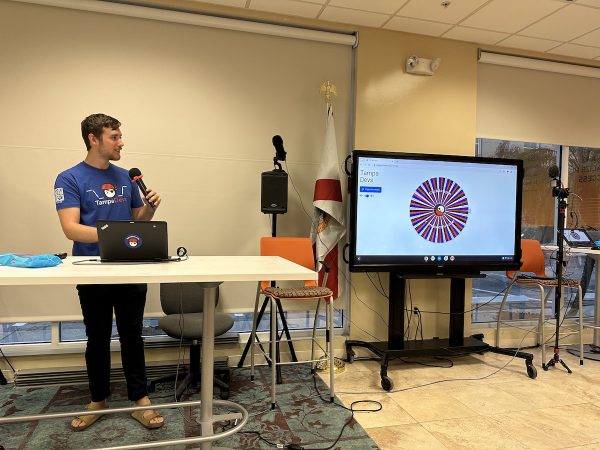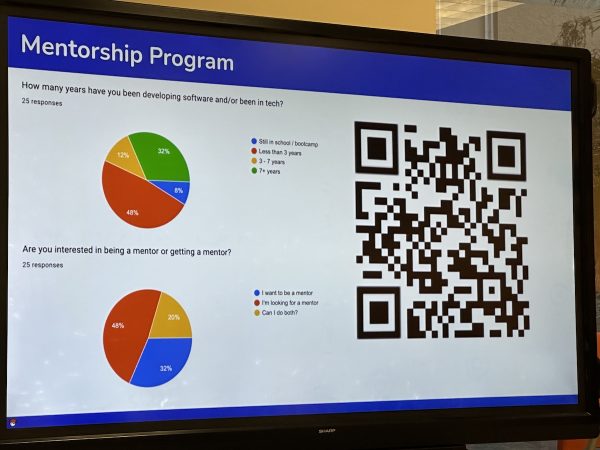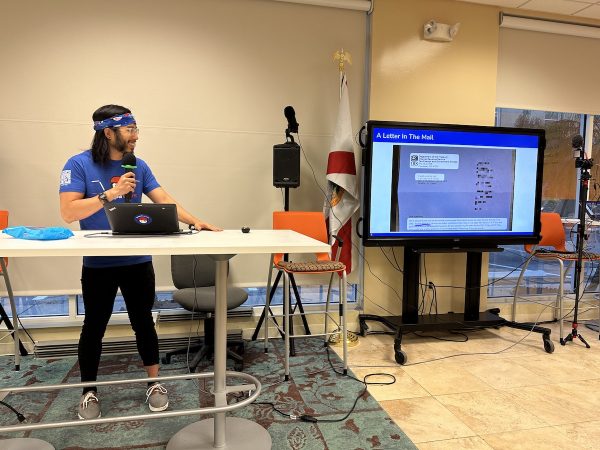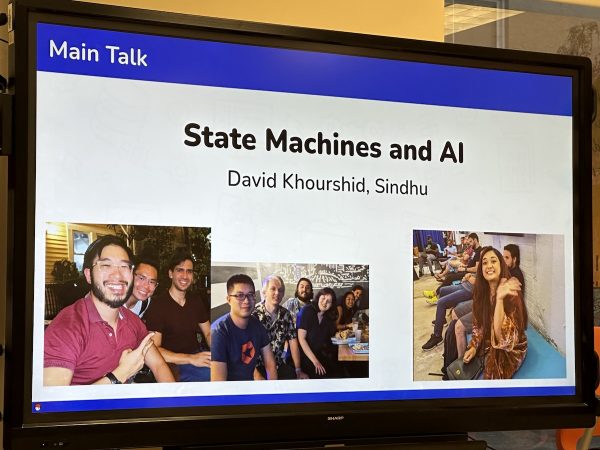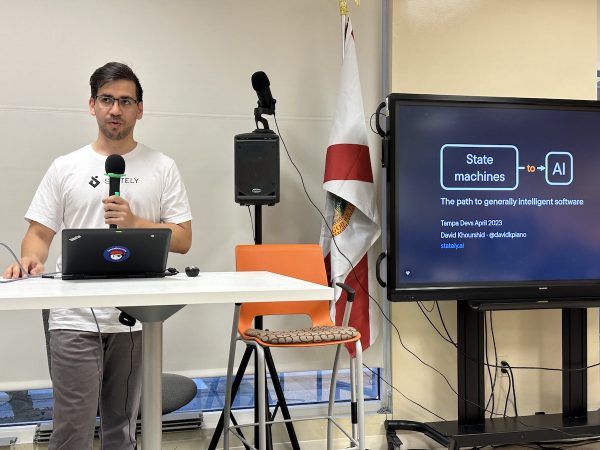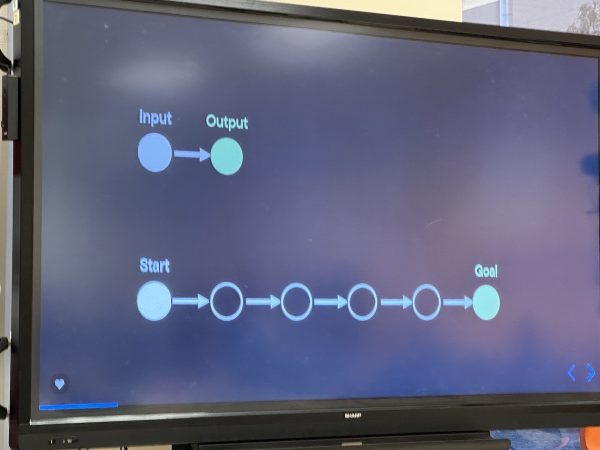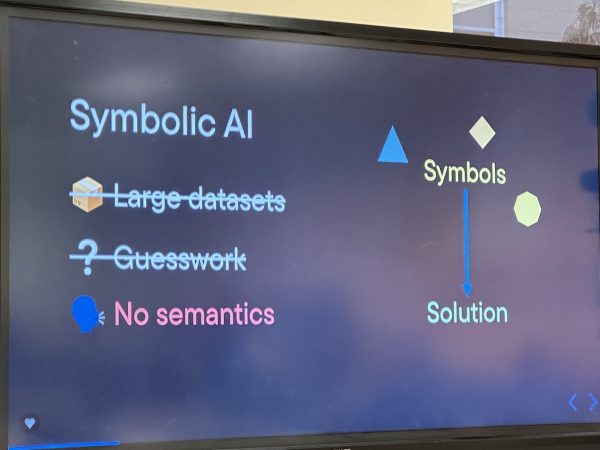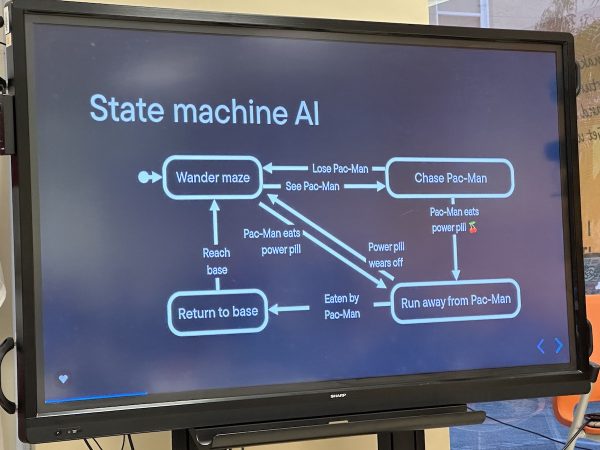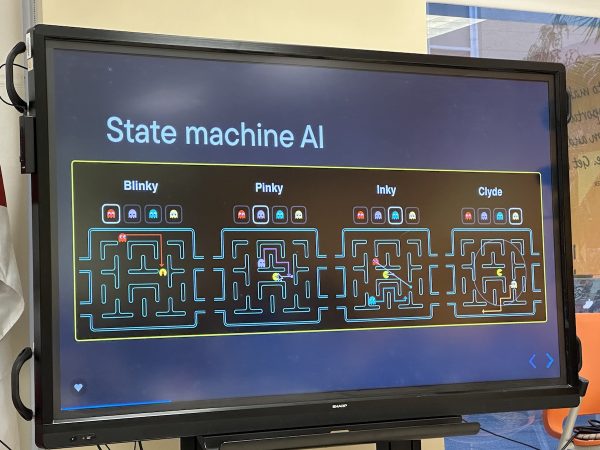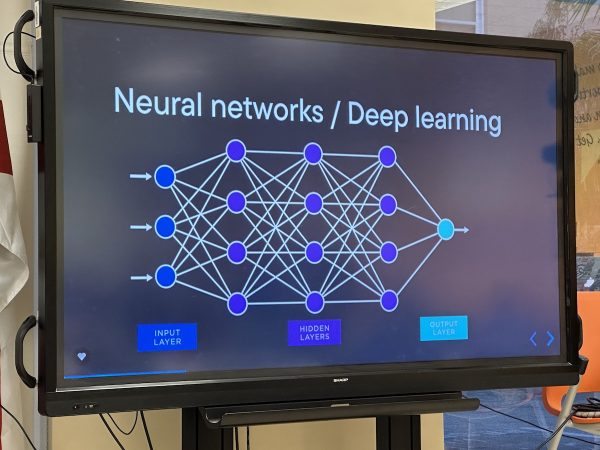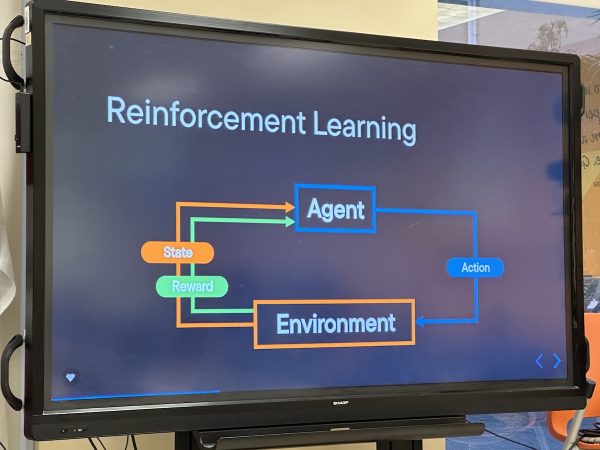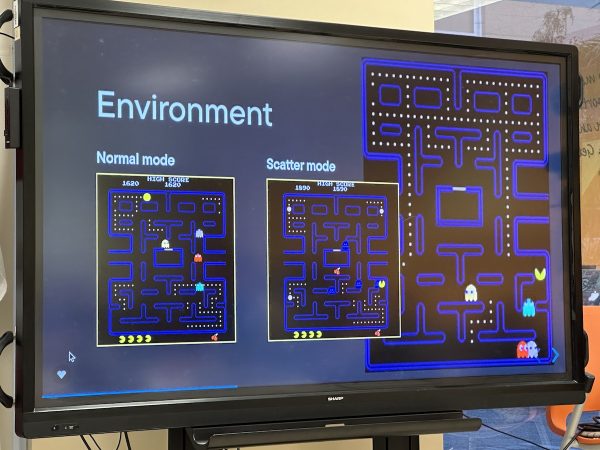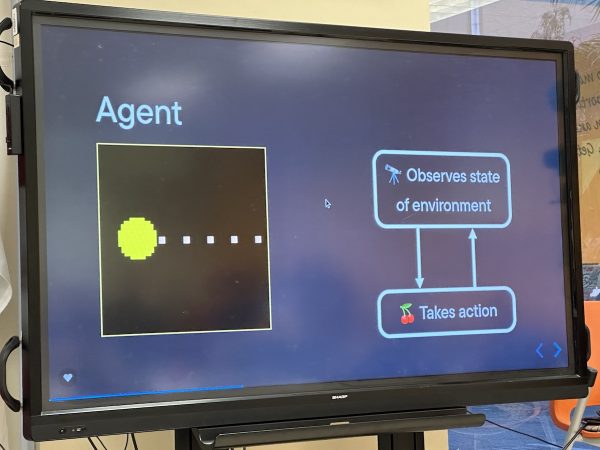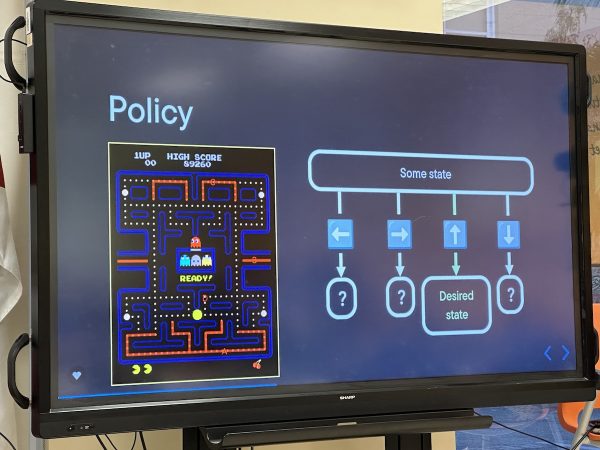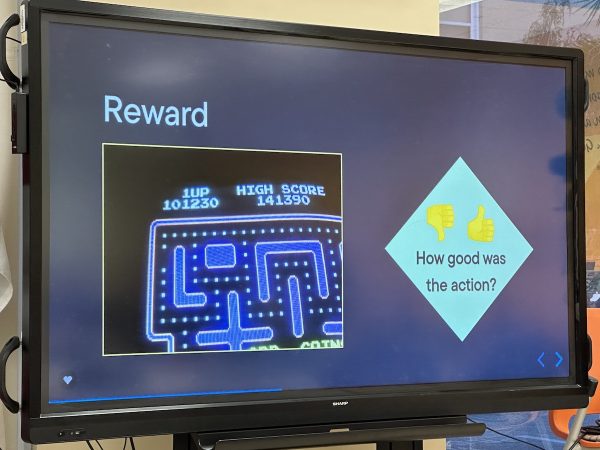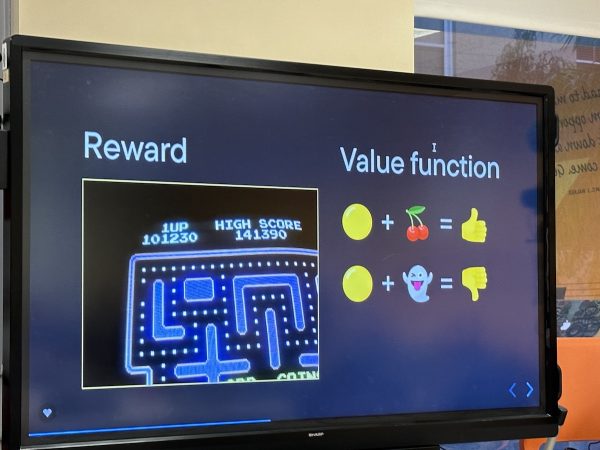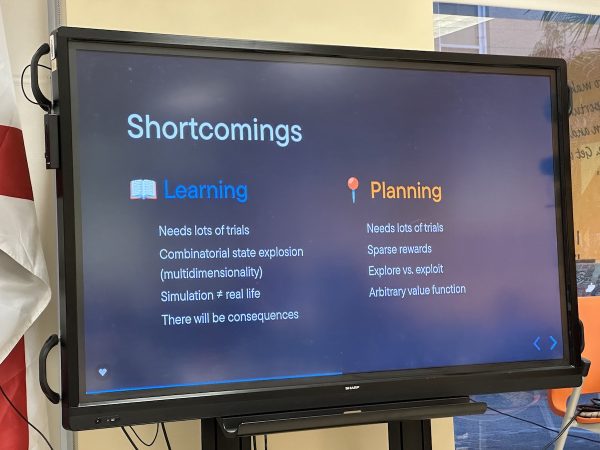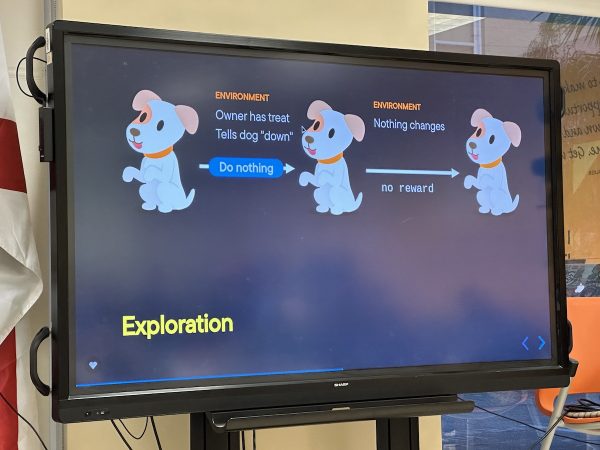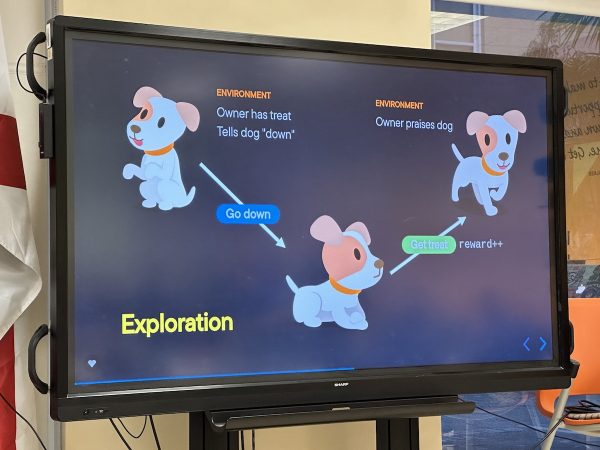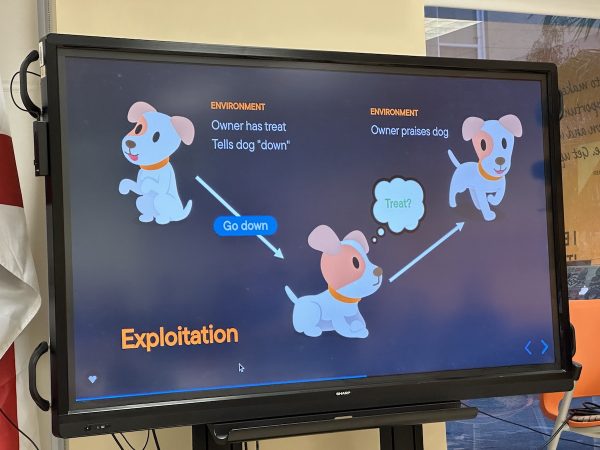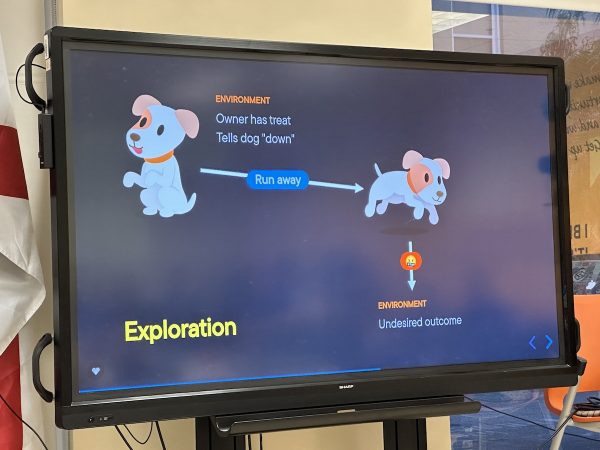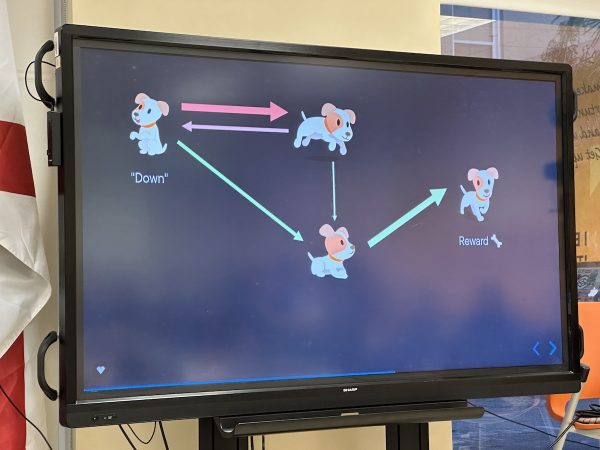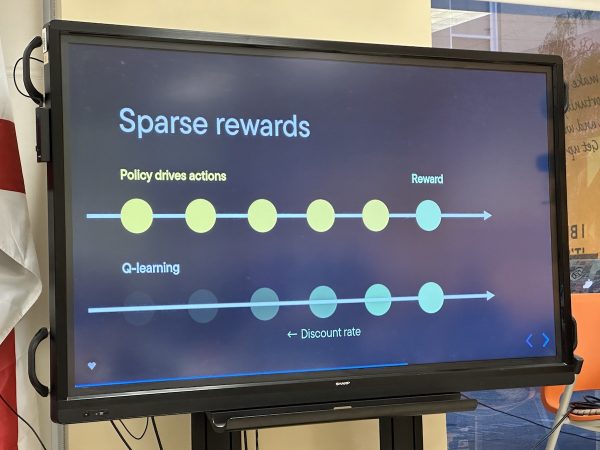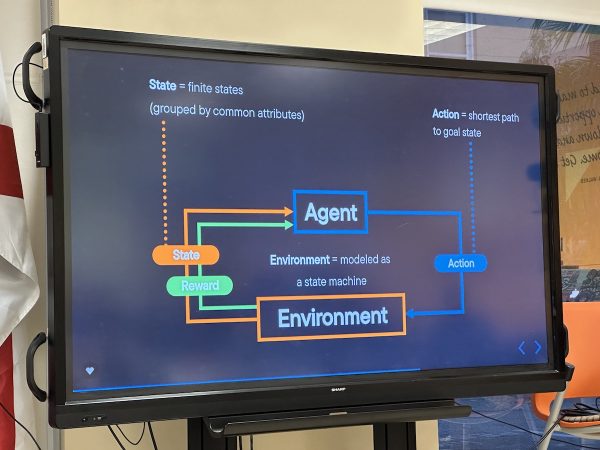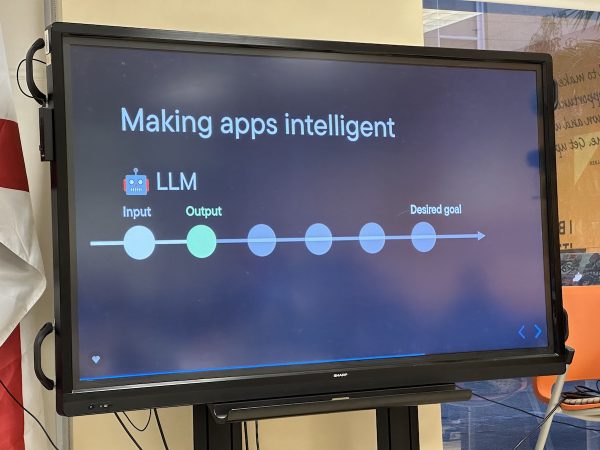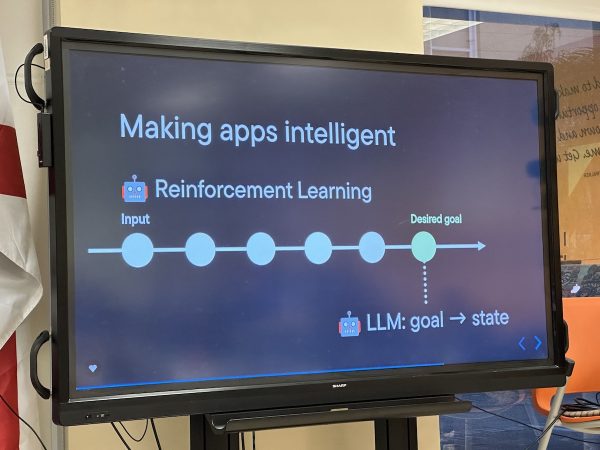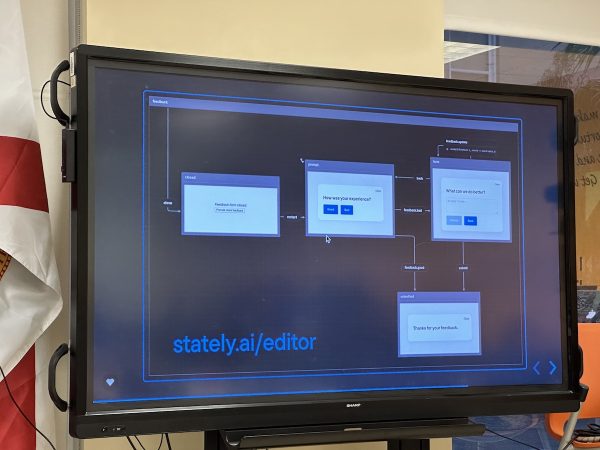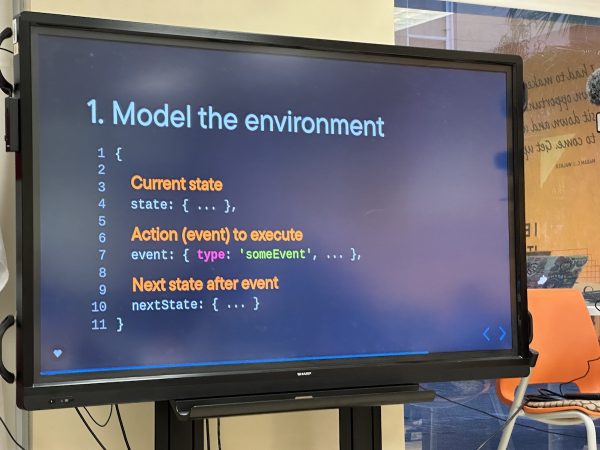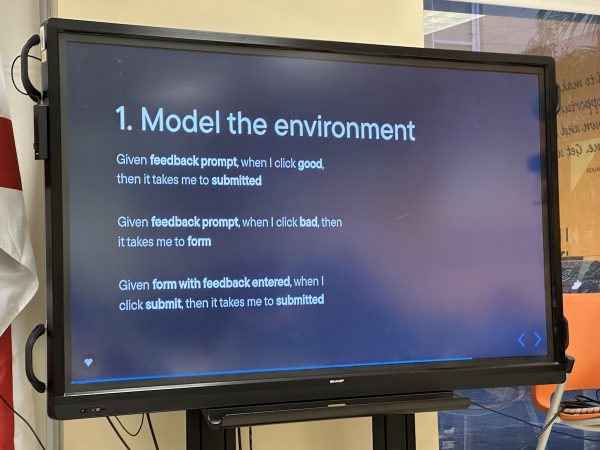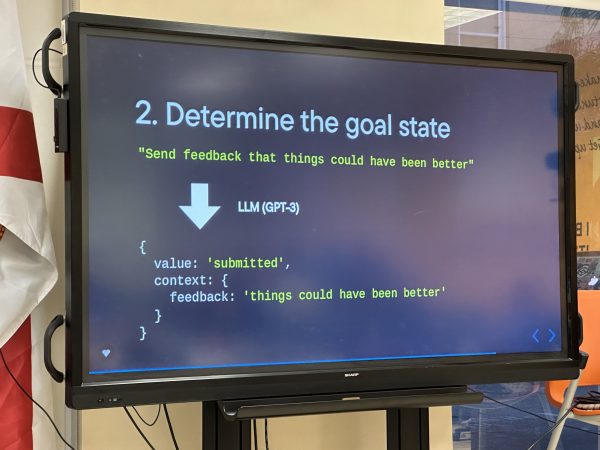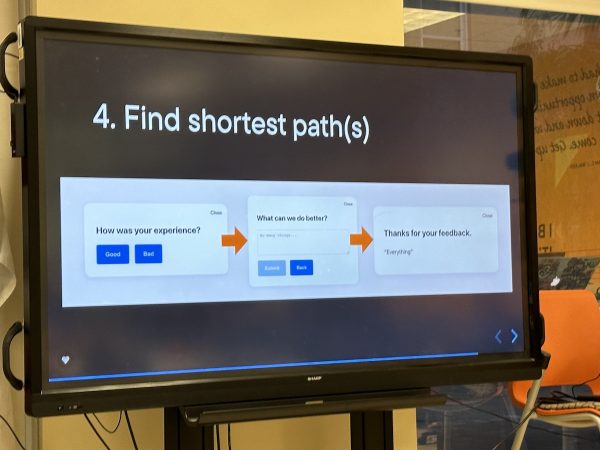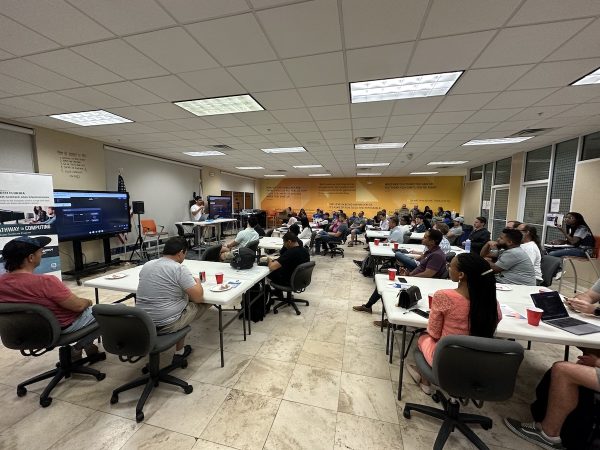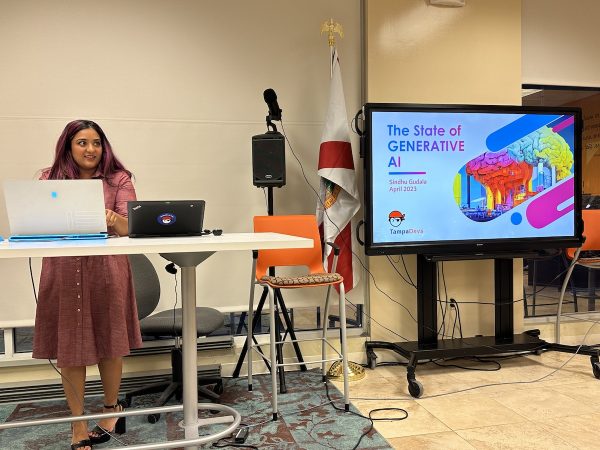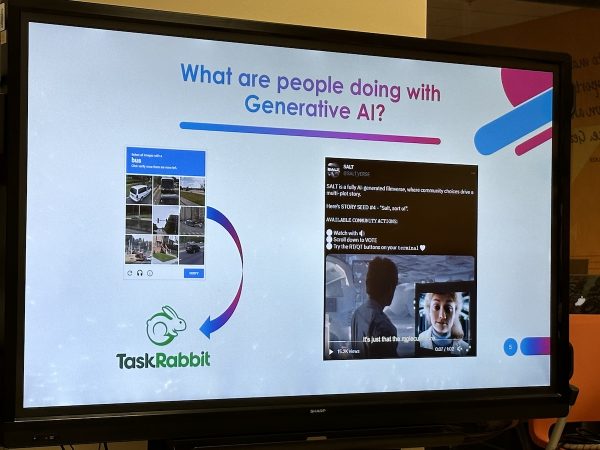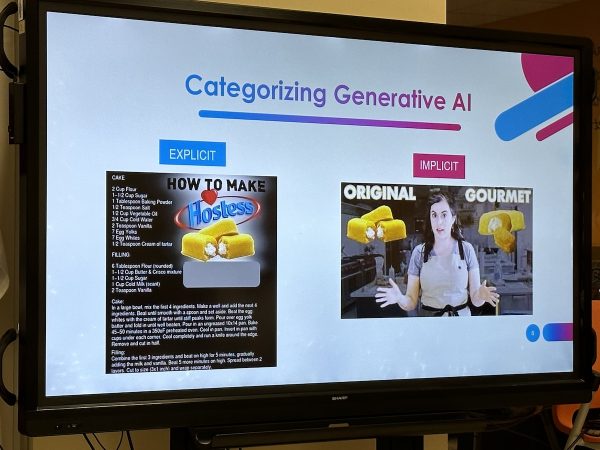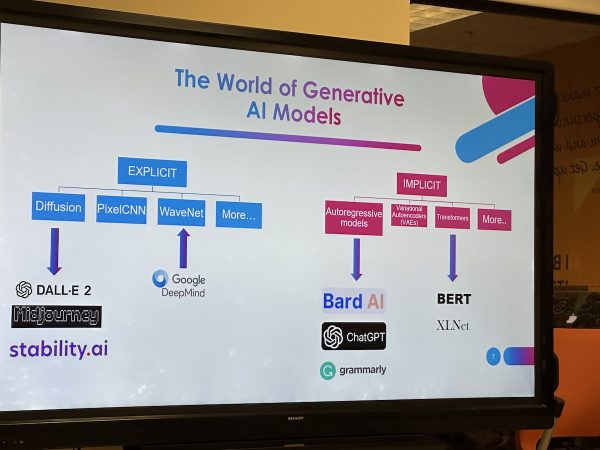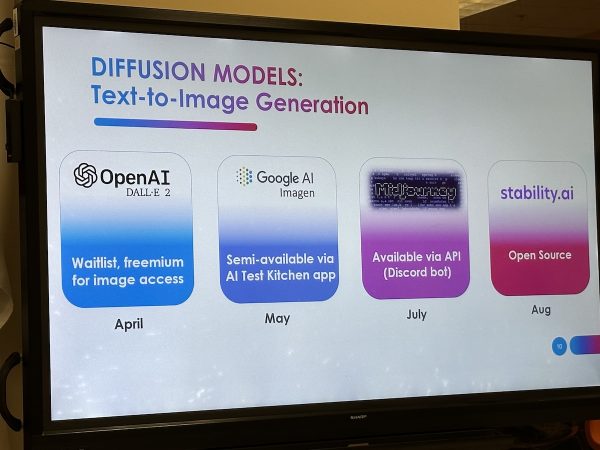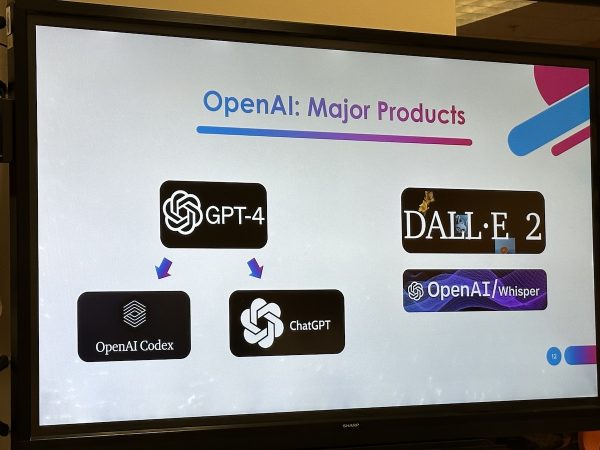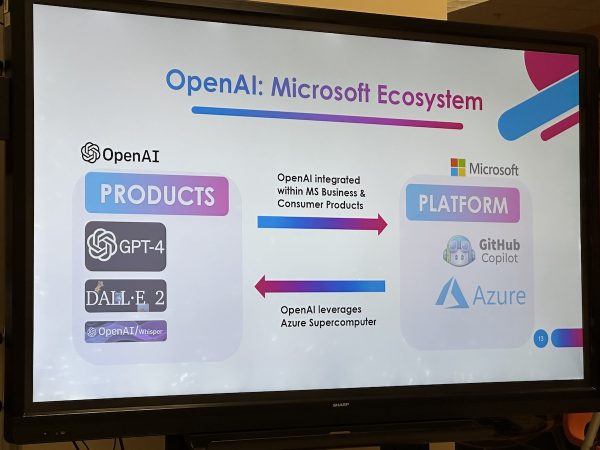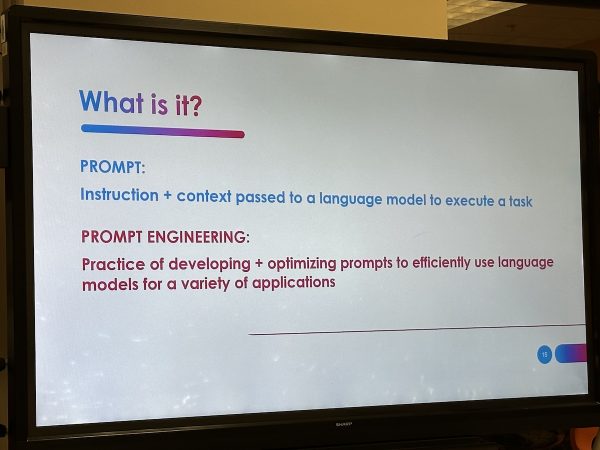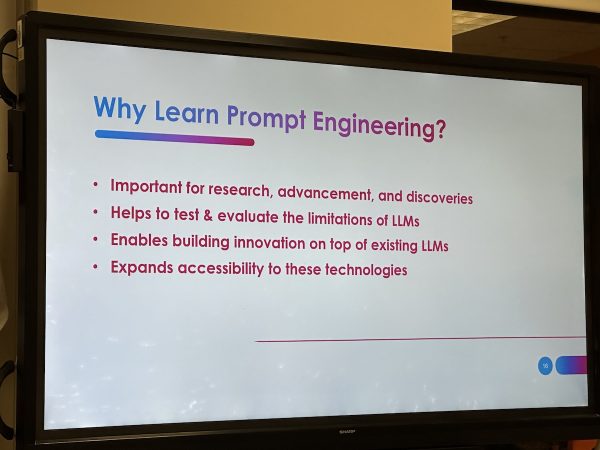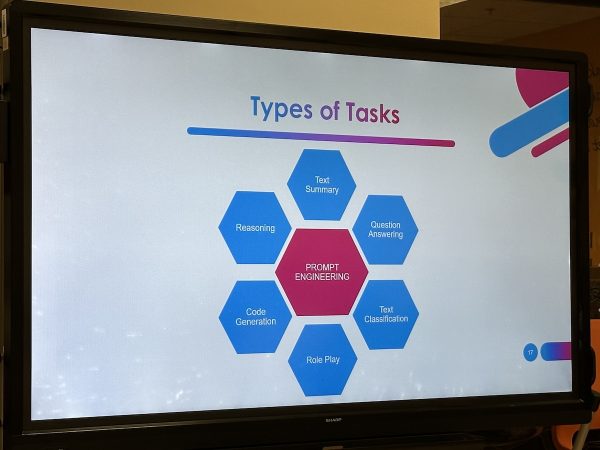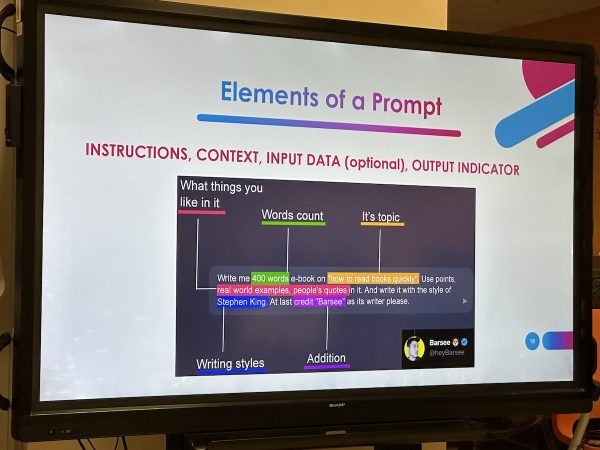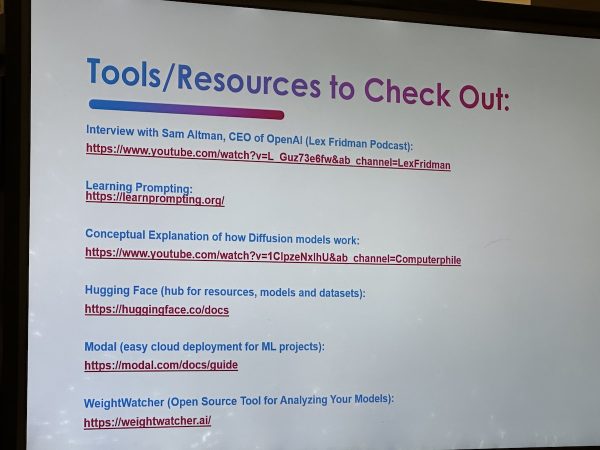| Group | Event Name | Time |
|---|
| Holiday Inn & Suites Clearwater Beach S-Harbourside, an IHG Hotel • Indian Rocks Beach, FL | 1st Tri-University Symposium | Tue, Apr 18, 1:00 PM |
| Young Professionals Networking JOIN in and Connect! • Saint Petersburg, FL | St Pete Networking Breakfast at the Hangar Meet St Pete’s Top Pro’s All Weclcome | Wed, Apr 19 · 7:30 AM EDT |
| Tampa Bay Networking and Social Events • Largo, FL | Networking at The Hanger Restaurant & Flight Lounge! | Wed, Apr 19 · 7:30 AM EDT |
| Young Professionals Networking JOIN in and Connect! • Saint Petersburg, FL | St Pete Networking Breakfast at the Hangar Meet St Pete’s Top Pro’s All Weclcome | Wed, Apr 19 · 7:30 AM EDT |
| Network Professionals Inc. of South Pinellas (NPI) • Saint Petersburg, FL | NPI Profit Partners Chapter – Exchange Qualified Business Referrals | Wed, Apr 19 · 7:30 AM EDT |
| Data, Cloud and AI in Tampa • Tampa, FL | Optimization with Quantum Computing | Wed, Apr 19 · 8:00 AM EDT |
| 1 Million Cups – Orlando • Orlando, FL | 1 Million Cups – Orlando Weekly Meetup | Wed, Apr 19 · 8:30 AM EDT |
| Suncoast Drone Club • Tampa, FL | Ed Radice Sports Complex | Wed, Apr 19 · 9:00 AM EDT |
| Entrepreneur Collaborative Center • Tampa, FL | 1 Million Cups Tampa 2023! | Wed, Apr 19, 9:00 AM |
| Tampa Convention Center • Tampa, FL | JOB FAIR – TAMPA APRIL 19TH 2023 10:00AM – 3:00PM | Wed, Apr 19, 10:00 AM |
| Florida Center for Creative Photography • Saint Petersburg, FL | Continue the Learning over Lunch at O’Keefe’s | Wed, Apr 19 · 11:00 AM EDT |
| Tampa Bay Networking Meetings and Mixers • Tampa, FL | Carrollwood Networking Lunch! Join us and win! | Wed, Apr 19 · 11:30 AM EDT |
| Tampa Bay Networking and Social Events • Largo, FL | Networking at Glory Days Grill! | Wed, Apr 19 · 11:30 AM EDT |
| Tampa / St Pete Business Connections • Tampa, FL | Brandon Business Professionals IN Person!!!! | Wed, Apr 19 · 11:30 AM EDT |
| Young Professionals Networking JOIN in and Connect! • Saint Petersburg, FL | Brandon Business Professionals Just Love Coffee | Wed, Apr 19 · 11:30 AM EDT |
| Tampa Bay Networking and Social Events • Largo, FL | Networking at Just Love Coffee! | Wed, Apr 19 · 11:30 AM EDT |
| Bradenton/Sarasota Networking Meetings and Mixers • Sarasota, FL | Business Networking Lunch | Wed, Apr 19 · 11:30 AM EDT |
| Tampa Bay Networking and Social Events • Largo, FL | Networking at Rusty Bucket Restaurant and Tavern! | Wed, Apr 19 · 11:30 AM EDT |
| Tampa / St Pete Business Connections • Tampa, FL | Brandon Business Professionals IN Person!!!! | Wed, Apr 19 · 11:30 AM EDT |
| Professional Business Networking with RGAnetwork.net • Tampa, FL | Carrollwood Professional Networking Lunch Wednesday All Welcome JOIN us | Wed, Apr 19 · 11:30 AM EDT |
| Tampa Bay Business Networking Meetings & Mixers • Tampa, FL | Brandon Networking Professionals Networking Lunch | Wed, Apr 19 · 11:30 AM EDT |
| Bradenton/Sarasota Networking Meetings and Mixers • Sarasota, FL | Business Networking Lunch | Wed, Apr 19 · 11:30 AM EDT |
| Entrepreneurs & Business Owners of Sarasota & Bradenton • Sarasota, FL | Sarasota Business Networking Lunch All Welcome, Just purchase Lunch! | Wed, Apr 19 · 11:30 AM EDT |
| Marriott – St. Petersburg/Clearwater • St Petersburg, FL | Tampa Bay RIMS April 2023 Meeting | Wed, Apr 19, 11:30 AM |
| Just Love Coffee Cafe – Brandon FL • Brandon, FL | Brandon Young Professionals Networking Lunch at Just Love Coffee Wednesdays | Wed, Apr 19, 11:30 AM |
| Raining Berries • Westchase, FL | Let’s Get Reel – Social Media Workshop | Wed, Apr 19, 11:30 AM |
| Orlando Machine Learning and Data Science • Orlando, FL | 2023 Lunch n’Learn | Wed, Apr 19 · 12:00 PM EDT |
| Web Design And SEO/SEM Three Sixty Degrees • Apollo Beach, FL | Web Design And SEO/SEM Three Sixty Degrees | Wed, Apr 19 · 12:00 PM EDT |
| Orlando Machine Learning and Data Science • Orlando, FL | 2023 Lunch n’Learn | Wed, Apr 19 · 12:00 PM EDT |
| Network After Work Tampa – Networking Events • Tampa, FL | How to Maximize Social Media Virtual Summit | Wed, Apr 19 · 1:00 PM EDT |
| Tampa Startup Founder 101 • Tampa, FL | Product-Led Growth: Learn the Latest Best Practices from Wes Bush | Wed, Apr 19 · 1:00 PM EDT |
| Tampa Cybersecurity Meetup | Flatiron School • Tampa, FL | Cyber Essentials | Don’t Water Down Your Cybersecurity | Wed, Apr 19 · 1:00 PM EDT |
| I Refuse 2 Fail Virtual Meetings • Pinellas Park, FL | FREE 15+30 Virtual Meetings | Wed, Apr 19 · 2:45 PM EDT |
| TampaBayNetworkers • Pinellas Park, FL | FREE 15+30 Virtual Networking | Wed, Apr 19 · 2:45 PM EDT |
| I Refuse 2 Fail Virtual Meetings • Pinellas Park, FL | FREE 15+30 Virtual Meetings | Wed, Apr 19 · 2:45 PM EDT |
| TampaBayNetworkers • Pinellas Park, FL | FREE 15+30 Virtual Networking | Wed, Apr 19 · 2:45 PM EDT |
| Brandon Boardgamers • Brandon, FL | Board Gaming – In Person | Wed, Apr 19 · 5:00 PM EDT |
| Gulfport Scrabblers • Saint Petersburg, FL | Gulfport Scrabble and After-Game Social | Wed, Apr 19 · 5:00 PM EDT |
| The Tampa Chapter of the Society for the Exploration of Play • Tampa, FL | Playing Games in the Alley | Wed, Apr 19 · 5:00 PM EDT |
| Sarasota Business Exchange Club • Sarasota, FL | We ARE meeting again at Rusty Bucket Restaurant | Wed, Apr 19 · 5:30 PM EDT |
| Sarasota Business Exchange Club • Sarasota, FL | Rusty Bucket Restaurant @UTC Happy Hour Networking! | Wed, Apr 19 · 5:30 PM EDT |
| Sarasota Business Exchange Club • Sarasota, FL | We ARE meeting again at Rusty Bucket Restaurant | Wed, Apr 19 · 5:30 PM EDT |
| Tampa Gaming Guild • Tampa, FL | Wednesday Board Game Night | Wed, Apr 19 · 5:30 PM EDT |
| Meeple Movers Gaming Group • Ocala, FL | Board Game Bonanza – Short & Fast Games! | Wed, Apr 19 · 5:30 PM EDT |
| 4211 W Boy Scout Blvd • Tampa, FL | Tampa Bay CTO Guild Kickoff | Wed, Apr 19, 5:30 PM |
| Tampa Blockchain Developer User Group • Tampa, FL | Build Blockchain Games with Unity | Wed, Apr 19 · 6:00 PM EDT |
| Data Analytics – Tampa Bay • Tampa, FL | Data Analytics – Tampa Bay – APRIL MEETUP | Wed, Apr 19 · 6:00 PM EDT |
| #TampaCC • Land O Lakes, FL | Azure Monthly Meeting (azug.us) | Wed, Apr 19 · 6:00 PM EDT |
| Tampa Business Club/Networking After Hours • Tampa, FL | Rooftop Wine Not? Wednesday. Ladies Only Networking Social | Wed, Apr 19 · 6:00 PM EDT |
| The Life Enrichment Center – Art Classes, Workshops & Events • Tampa, FL | Oil and Acrylic Open Studio PM with Tim Gibbons | Wed, Apr 19 · 6:00 PM EDT |
| #TampaCC • Land O Lakes, FL | Azure Monthly Meeting (azug.us) | Wed, Apr 19 · 6:00 PM EDT |
| Data Analytics – Tampa Bay • Tampa, FL | Data Analytics – Tampa Bay – APRIL MEETUP | Wed, Apr 19 · 6:00 PM EDT |
| DigitalDeLand • Deland, FL | Digital DeLand Monthly Meeting | Wed, Apr 19 · 6:00 PM EDT |
| Tampa Business Club/Networking After Hours • Tampa, FL | Rooftop Wine Not? Wednesday. Ladies Only Networking Social | Wed, Apr 19 · 6:00 PM EDT |
| Critical Hit Games • Saint Petersburg, FL | Board Game Night | Wed, Apr 19 · 6:00 PM EDT |
| Nerdbrew Events • Tampa, FL | Games & Grog @ Felicitous! | Wed, Apr 19 · 6:00 PM EDT |
| Tampa Bay Gaming: RPG’s, Board Games & more! • Tampa, FL | Hobby Night – Minis Painting Tips & Tricks at Armada Games | Wed, Apr 19 · 6:00 PM EDT |
| Clermont Nerd Games • Clermont, FL | Dungeons & Dragons One Shot Wednesdays | Wed, Apr 19 · 6:00 PM EDT |
| Board Game Meetup: Board Game Boxcar • Orlando, FL | Blood on the Clocktower & Board Games! (Deadwords Brewing Location) | Wed, Apr 19 · 6:00 PM EDT |
| 20s-40s Socializing – Bradenton/Lakewood Ranch • Bradenton, FL | Trivia night at Caddy’s by the river | Wed, Apr 19 · 6:00 PM EDT |
| Brews N Board Games • Orlando, FL | Board Game Night at Deadwords Brewing | Wed, Apr 19 · 6:00 PM EDT |
| Prose Society Writers’ Group • Saint Petersburg, FL | Monthly Meeting: How to Use Specific Details to Bring Your Story to Life | Wed, Apr 19 · 6:00 PM EDT |
| LT3 Labs • Tampa, FL | Let’s Talk about Artificial Intelligence. | Wed, Apr 19, 6:00 PM |
| Tampa • Tampa, FL | Entrepreneurship Business Opportunity To Earn Extra Income TAMPA | Wed, Apr 19, 6:00 PM |
| Eccentricity Club (Foodies and Fun) • Altamonte Springs, FL | Great Chinese at Lam’s on East Colonial | Wed, Apr 19 · 6:15 PM EDT |
| Tampa Devs • Tampa, FL | TDevs – Meet & Greet @ Armatureworks [with Tampa20s and 30s groups] | Wed, Apr 19 · 6:30 PM EDT |
| Unity of Tampa: A Positive Path for Spiritual Living • Tampa, FL | Wednesday Gathering: Meditation, Conversation & Music | Wed, Apr 19 · 6:30 PM EDT |
| Tampa Devs • Tampa, FL | TDevs – Meet & Greet @ Armatureworks [with Tampa20s and 30s groups] | Wed, Apr 19 · 6:30 PM EDT |
| Drunk’n Meeples the Social Tabletop (Board) Gamers • Palm Harbor, FL | Game Night! | Wed, Apr 19 · 6:30 PM EDT |
| Bradenton Photo Group • Bradenton, FL | Beyond Camera Basics | Wed, Apr 19 · 6:30 PM EDT |
| Online-Zoom • Tampa, FL | Tampa: Free Classes on simple path to Big Data & Cloud expertise | Wed, Apr 19, 6:30 PM |
| Online-Zoom • Clearwater, FL | Clearwater: Free Classes on simple path to Big Data & Cloud expertise | Wed, Apr 19, 6:30 PM |
| Online-Zoom • Orlando, FL | Orlando: Free Classes on simple path to Big Data & Cloud expertise | Wed, Apr 19, 6:30 PM |
| Orlando Comic Book Society • Orlando, FL | Orlando Comic Book Society Virtual Event | Wed, Apr 19 · 6:45 PM EDT |
| Defcon813 • Tampa, FL | CigarCitySec | Wed, Apr 19 · 7:00 PM EDT |
| Tampa Hackerspace • Tampa, FL | 3D Printing Orientation: Models and Slicers | Wed, Apr 19 · 7:00 PM EDT |
| Defcon813 • Tampa, FL | Behind the Scenes of Hacking: Meet the Authors of Zed Attack Proxy Cookbook | Wed, Apr 19 · 7:00 PM EDT |
| Central Florida CitySec • Orlando, FL | CigarCitySec Meetup | Wed, Apr 19 · 7:00 PM EDT |
| Tampa Bay Bitcoin • Tampa, FL | [Virtual] Tampa Bay Bitcoin Meetup: News, Markets, & Community | Wed, Apr 19 · 7:00 PM EDT |
| Defcon813 • Tampa, FL | Behind the Scenes of Hacking: Meet the Authors of Zed Attack Proxy Cookbook | Wed, Apr 19 · 7:00 PM EDT |
| Tampa Hackerspace • Tampa, FL | 3D Printing Orientation: Models and Slicers | Wed, Apr 19 · 7:00 PM EDT |
| Central Florida CitySec • Orlando, FL | CigarCitySec Meetup | Wed, Apr 19 · 7:00 PM EDT |
| Tampa Bay Bitcoin • Tampa, FL | [Virtual] Tampa Bay Bitcoin Meetup: News, Markets, & Community | Wed, Apr 19 · 7:00 PM EDT |
| Castaways Euchre Club • Saint Petersburg, FL | Castaways Euchre Club | Wed, Apr 19 · 7:00 PM EDT |
| Sunshine Games • Tampa, FL | Magic Pioneer Event | Wed, Apr 19 · 7:00 PM EDT |
| Tampa – Sarasota – Venice Trivia & Quiz Meetup • Bradenton, FL | Smartphone Trivia Game Show at Wilders Pizza | Wed, Apr 19 · 7:00 PM EDT |
| Adventures On Tap: TTRPGs and Board Games • Orlando, FL | Nerd Night: Board Games and Beer at Deadwords Brewing | Wed, Apr 19 · 7:00 PM EDT |
| The Art Of Photography – Tampa/Gulf Coast Chapter • Tampa, FL | WED APRIL 19, 2023 7PM ET – Live Online Event: The Art and Craft of Photography | Wed, Apr 19 · 7:00 PM EDT |
| Zen City Brews Events and News • Tarpon Springs, FL | Spill the Tea & Book Club | Wed, Apr 19 · 7:00 PM EDT |
| Central Florida AD&D (1st ed.) Grognards Guild • Winter Park, FL | New Beginnings & Old Rivalries | Wed, Apr 19 · 7:00 PM EDT |
| Communication Skills for Quiet People • Orlando, FL | How to Improve Your Social Life | Wed, Apr 19 · 7:00 PM EDT |
| Ways to Generate a Part-time Income Online-Tampa • Tampa, FL | Chatbots: Robotic Game-changers to Enhance your Business | Wed, Apr 19 · 7:00 PM EDT |
| Nerd Night Out • Tampa, FL | Game Night @ Felicitous on 42nd by USF | Wed, Apr 19 · 7:00 PM EDT |
| Make Friends with Someone in this Group, Orlando, FL • Orlando, FL | How to Be an Amazing Communicator | Wed, Apr 19 · 7:00 PM EDT |
| Online • Tampa, FL | Escape Corporate: From Employee to Entrepreneur – Tampa | Wed, Apr 19, 7:00 PM |
| Élevage SoHo Kitchen & Bar • Tampa, FL | IT Leaders of Tampa Dinner Event – Sponsored by ProV International | Wed, Apr 19, 7:00 PM |
| Tampa • Tampa, FL | Step by Step Guide For 100 Actions To Take When Starting Your Business | Wed, Apr 19, 7:00 PM |
| Tampa • Tampa, FL | The Science of Success: How to Create a Life You Love! – Tampa | Wed, Apr 19, 7:00 PM |
| Women In Linux • Tampa, FL | Understanding Linux | Wed, Apr 19 · 8:00 PM EDT |
| Work From Home -Online Business Opportunities and Networking • Tampa, FL | How To Create A Successful Print on Demand Business: Design, SEO, Branding | Wed, Apr 19 · 8:00 PM EDT |
| Online • Tampa, FL | Entrepreneur Crash Course – Tampa | Wed, Apr 19, 8:00 PM |
| Florida Startup: Idea to IPO • Tampa, FL | #2/3 Startup Funding Strategy-Give Up Less & Keep More Money on Exit (Online) | Wed, Apr 19 · 8:30 PM EDT |
| Tampa / St Pete Business Connections • Tampa, FL | Carollwood Professionals Networking Lunch! | Wed, Apr 19 · 11:30 PM EDT |











